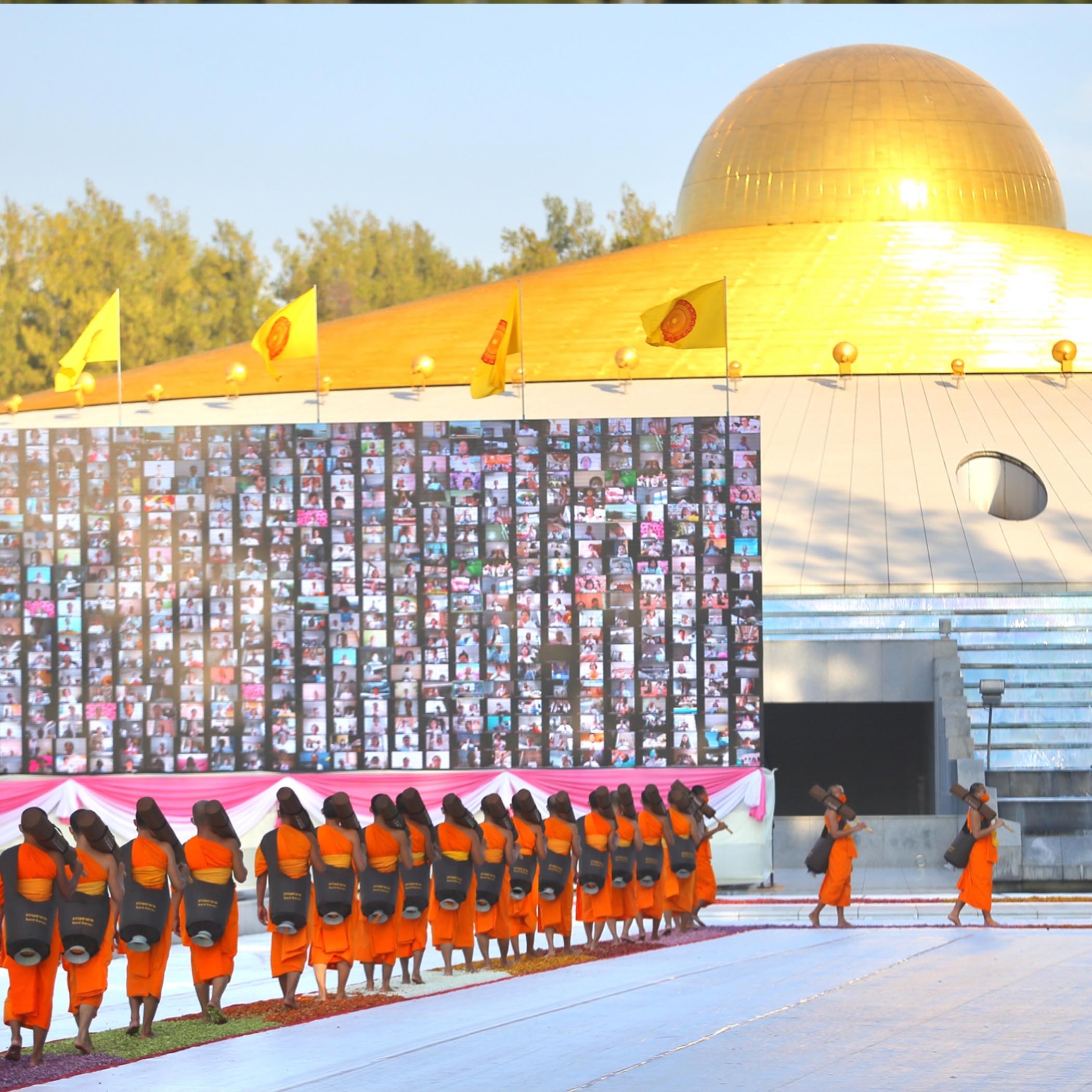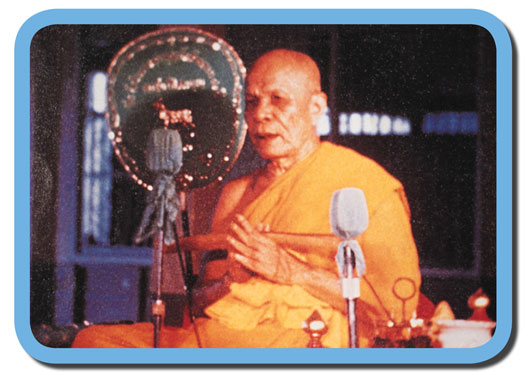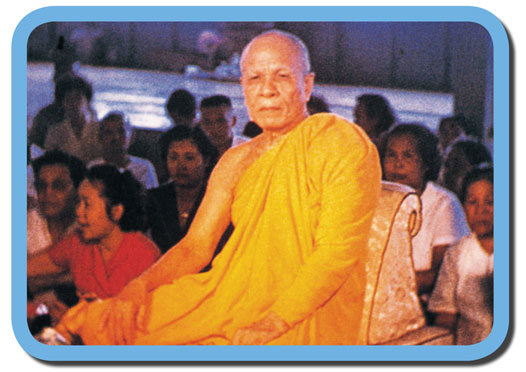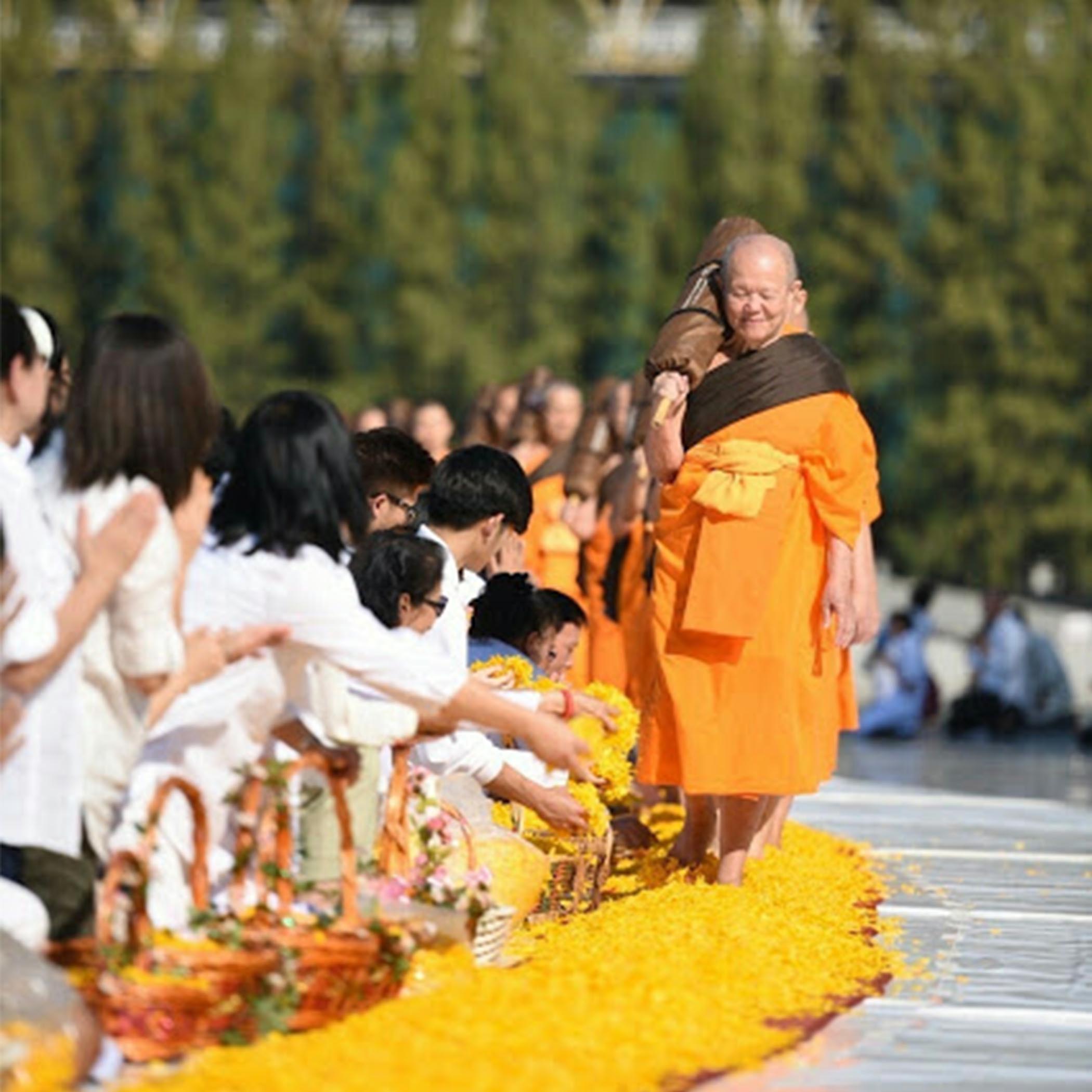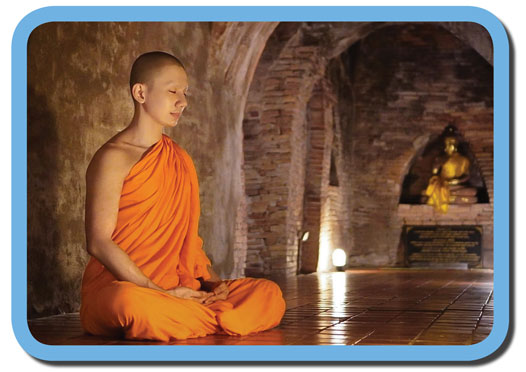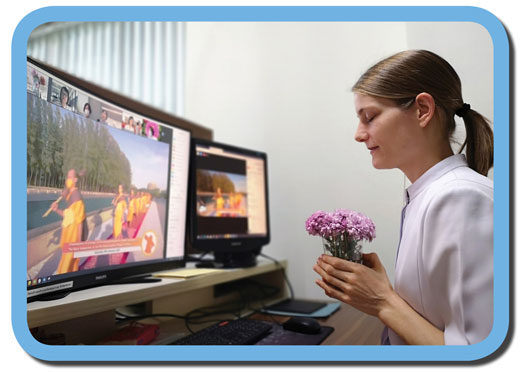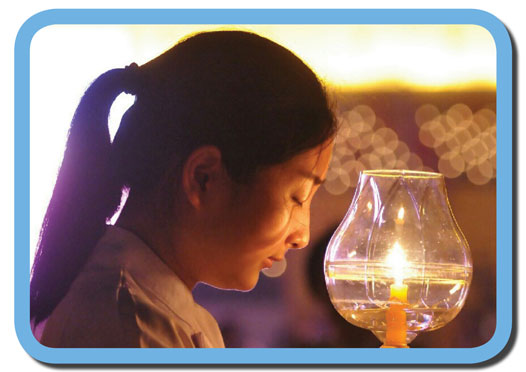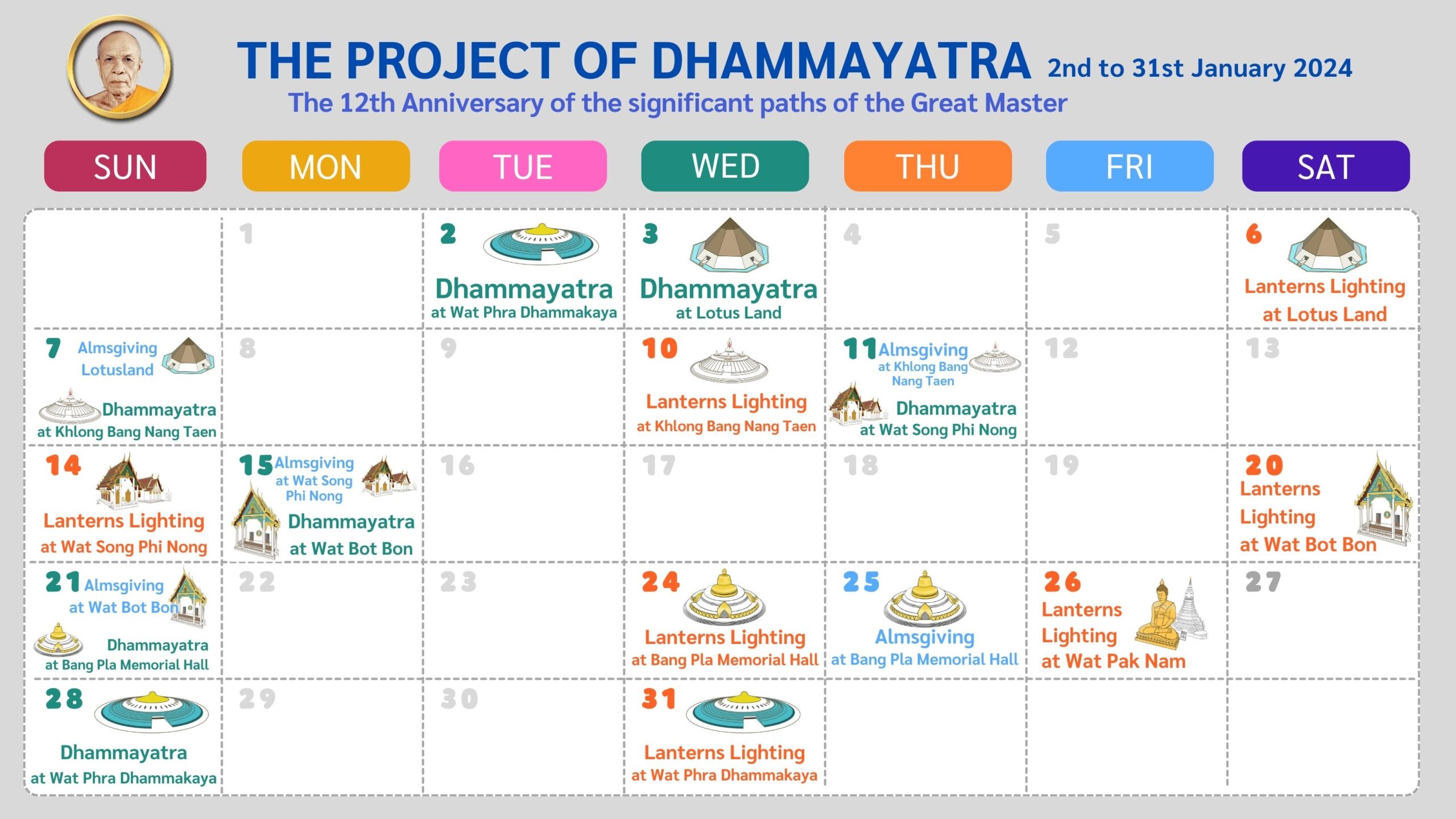When a person ordains as a Buddhist monk, he must undergo training to cultivate discipline, respect, and tolerance. Dhammayatra is one of the exercises for newly ordained monk to train himself.
Dhammayatra derives from the words “Dhamma” and “Yatra.” “Dhamma” means goodness while “Yatra” means proceeding or progressing. Dhammayatra, therefore, means proceeding with Dhamma or departing with Dhamma. This essentially refers to the procession of a large group of Buddhist monks walking on foot to different areas to spread virtues, as a way for the monks to conquer their defilements with the teachings (Dhamma) of the Buddha.
The 12th Dhammayatra Project takes place from January 2-31, 2024 and has Buddhist monks taking part in it. Throughout the Dhammayatra path, the lay public will have a chance to come pay their respect, as well as line the path with flower petals, as homage to the Triple Gem. The sight of a procession of a large group of monks walking peacefully in unison will inspire those without faith to develop faith and strengthen that of the faithfuls.
The act of paving the path with flowers by people with great faith in the Buddha also occurred during the time of the Buddha as recorded in the Tipitaka. One specific incident took place during a time when Vaishali city was experiencing great calamity. The people suffered severely and the death toll was exceptionally high. During that time, the Buddha was invited to visit Vaishali. As He and the 500 monks departed Rajgir, King Bimbisara prepared the path of about 80 kilometers with flags and banners, flowers of five different colors, tiered parasols, and other flowers. Even the residents came out to clean the road, decorate it with delicate garlands, and line it with flower petals of ten colors to welcome the Buddha.

